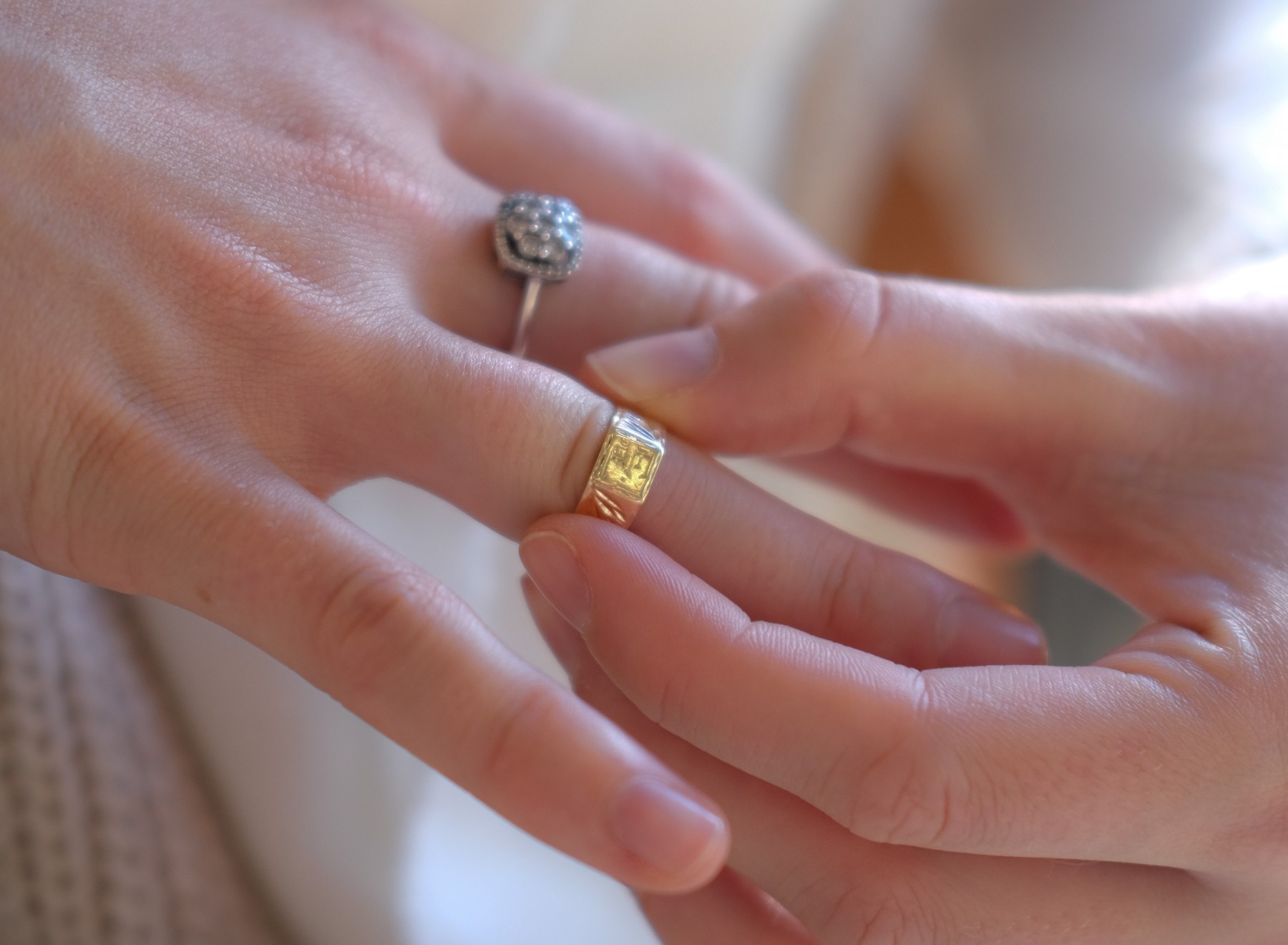 The European standard for testing items for nickel release, EN 1811:1998, has always been unsatisfactory and following lengthy consideration within the EU the test procedure has finally been revised.
The new EN 1811:2011, effective in the UK from March 2013, is applicable to articles intended to come into prolonged and direct contact with the skin; with the exception of spectacle frames and sunglasses for which a different method now applies. Various alterations to the procedure should result in improved consistency and repeatability.
Although these improvements are welcome, they have significant implications.
The accurate analysis of solutions containing low concentrations of nickel requires the use of more sensitive equipment, such as ICP (Inductively Coupled Plasma â Optical Emission Spectrophotometry) requiring major capital investment and experienced staff. Â The standard also specifies a minimum of three samples to be tested âwherever possibleâ, adding to both testing and stock write off costs.
 However, the most fundamental change is to the formula used for calculating nickel release, which effectively drastically reduces the compliance level for an article from a nickel release of 5.00to less than or equal to 0.28micrograms per square centimetre per week. A new category has also been introduced to cover a range of values where the item has neither passed nor failed, being classified as âNo decision.â The compliance level for post assemblies worn in body piercings is likewise reduced from 0.2 micrograms to 0.11 micrograms.
The Birmingham Assay Office fought these unhelpful changes through the National standards body - the British Standards Institute, but the UK was outvoted in the EU. The inevitable consequence is that some alloys which are currently nickel compliant will no longer be so. The Laboratory is undertaking extensive research, comparing data from both testing regimes in order to fully understand the implications.
These changes impact heavily on the Quick Nickel Test. The current test procedure will no longer be sufficiently sensitive and a new approach has been researched. Extensive data has been generated and analysed and after much experimentation a revised version of the Quick Nickel Test, to indicate anticipated compliance when articles are tested by BS EN 1811: 2011, has been developed. This is currently in the process of being assessed by UKAS for accreditation purposes and will be launched later this year when approval has been received.
The European standard for testing items for nickel release, EN 1811:1998, has always been unsatisfactory and following lengthy consideration within the EU the test procedure has finally been revised.
The new EN 1811:2011, effective in the UK from March 2013, is applicable to articles intended to come into prolonged and direct contact with the skin; with the exception of spectacle frames and sunglasses for which a different method now applies. Various alterations to the procedure should result in improved consistency and repeatability.
Although these improvements are welcome, they have significant implications.
The accurate analysis of solutions containing low concentrations of nickel requires the use of more sensitive equipment, such as ICP (Inductively Coupled Plasma â Optical Emission Spectrophotometry) requiring major capital investment and experienced staff. Â The standard also specifies a minimum of three samples to be tested âwherever possibleâ, adding to both testing and stock write off costs.
 However, the most fundamental change is to the formula used for calculating nickel release, which effectively drastically reduces the compliance level for an article from a nickel release of 5.00to less than or equal to 0.28micrograms per square centimetre per week. A new category has also been introduced to cover a range of values where the item has neither passed nor failed, being classified as âNo decision.â The compliance level for post assemblies worn in body piercings is likewise reduced from 0.2 micrograms to 0.11 micrograms.
The Birmingham Assay Office fought these unhelpful changes through the National standards body - the British Standards Institute, but the UK was outvoted in the EU. The inevitable consequence is that some alloys which are currently nickel compliant will no longer be so. The Laboratory is undertaking extensive research, comparing data from both testing regimes in order to fully understand the implications.
These changes impact heavily on the Quick Nickel Test. The current test procedure will no longer be sufficiently sensitive and a new approach has been researched. Extensive data has been generated and analysed and after much experimentation a revised version of the Quick Nickel Test, to indicate anticipated compliance when articles are tested by BS EN 1811: 2011, has been developed. This is currently in the process of being assessed by UKAS for accreditation purposes and will be launched later this year when approval has been received.

Â
Your item has been added to the basket
You need to create an account, or login before you can add this item to your basket.










